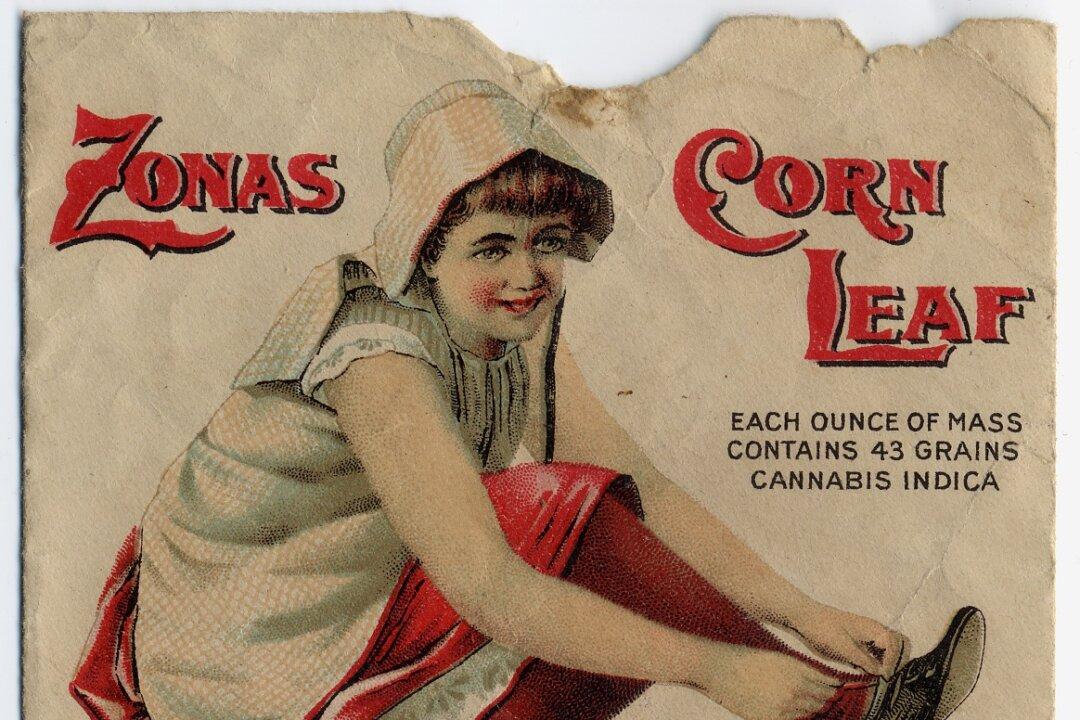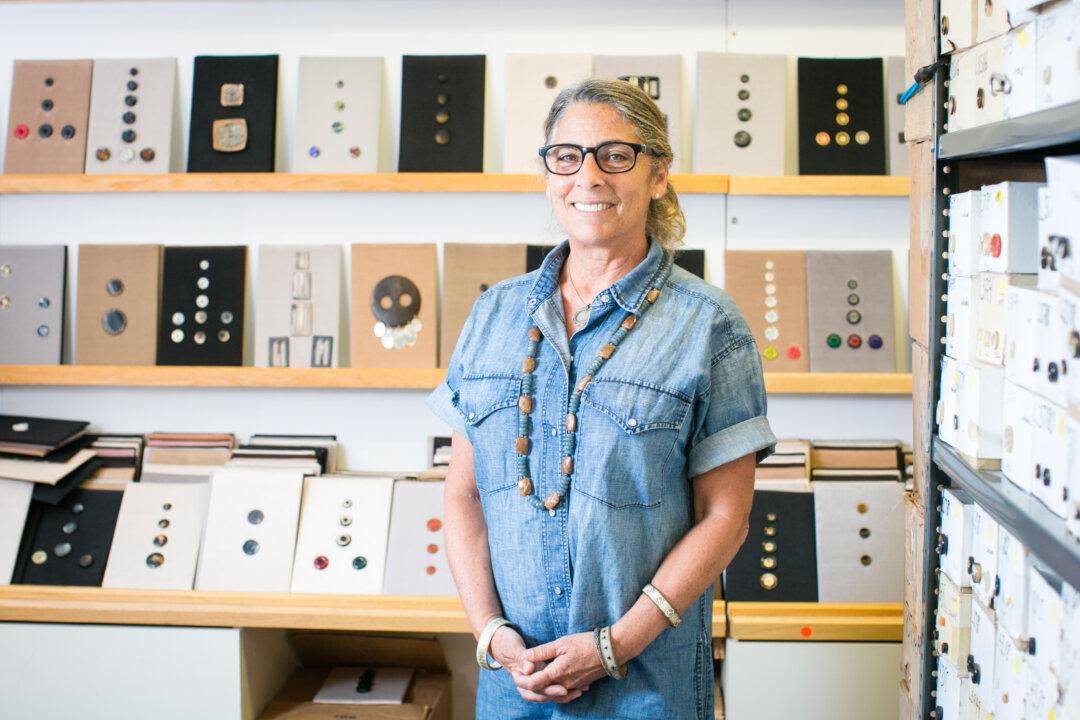Over 20 individual galleries featuring Chinese art will participate in Asia Week New York 2016 (AWNY) under the auspices of Asia Week New York Association, Inc. alone, not counting museums and auction houses. It is the most important part of the season for any buyer of Chinese art anywhere, so it goes without saying that these collectors cannot miss AWNY.
“It’s the moment when you’re most likely to see the highest quality and widest variety of Chinese art in New York,” James Lally told the Epoch Times.
Lally is the former director of Chinese works of art at Sotheby’s in New York and Hong Kong and former president of Sotheby’s in North America. Now the founder of the eponymous gallery J.J. Lally & Co. Oriental Art in New York, he has been participating in AWNY since its beginnings, approximately 20 years ago.
Today, about 99 percent of Chinese buyers are buying Chinese art, to the exclusion of any other Oriental art or European art.
While this may tempt one to speculate that buyers coming from mainland China, Taiwan, or Hong Kong are all buying back their heritage, this is only partly true according to Lally.
Across the Ages
He has observed that collecting styles and methods have changed over the years, with a greater emphasis on later porcelain and contemporary art being the strongest trends.
“Now there’s much more variety and activity in the contemporary art field, and in terms of preference in the field of ancient art and antiques, there’s been a steady trend toward the Song Dynasty and later ceramics and works of art, instead of the Tang Dynasty and earlier works of art,” said Lally.
The exhibition showing at J.J. Lally & Co. during AWNY called Ancient Chinese Jade from the Neolithic to the Han includes some mysterious objects such as the Jade Cong (pronounced tsong) ritual object, cylindrical on the inside but prismatic on the outside. Nobody knows why they were made or what they were used for in Neolithic China, but the jade congs vary in size with some being two-tiered and others up to 16 tiers. Through modern archeology it’s been shown that these types of jade first appeared 5,000 years ago in the third or fourth millennium B.C.
“They’re a compelling shape that appeals to our eyes because of the apparent modernity of their minimalist form and also because of the mystery of something that is such a hard stone, so difficult to carve and [is] carved in such a beautiful way, in such early days, many thousands of years ago,” said Lally.
Value
Lally, and dealers of Chinese art across the market, have noted that prices of Chinese art have become so high that, with very rare exceptions, collectors are increasingly concerned with the long-term value of the work of art they are buying.
Eric Zetterquist from Zetterquist Galleries has also been part of AWNY since its inception. He noted that a decade ago, there were a lot of new collectors in the field who, when starting their collections, were buying a lot of everything. “Now people are more focused on adding fewer, but higher quality pieces to their collections.”
The gallery’s exhibition during AWNY titled Early Chinese Ceramics with Selections from the Feng Wen Tang Collection features ceramics that are extremely rare in terms of their forms and quality, according to Zetterquist.
One of the highlights is the “Carved Qingbai Ewer” dating from the Yuan Dynasty (1271–1368). It features peonies carved in deep relief on the body of the ewer, which is covered overall with a turquoise-blue translucent Qingbai glaze of a quality that suggests the piece to be of the highest quality of its time.
For gallery owner John Berwald of Berwald Oriental Art this will be his first year participating in the AWNY, though he has been a long-term participant in the London Asia Week events.
He noted that, without question, the biggest change over the past 10 years is the emergence of the mainland Chinese collectors and dealers who are now dominating the market—particularly at auction.
The exhibition titled Transitional Treasures and a Selection of Works from the Tang to Qing Dynasties encompasses a 50-year period that saw the decline and eventual fall of the Ming Dynasty and ended with the establishment of the new Manchurian Qing Dynasty. According to the gallery’s press release, this period, lasting roughly from 1620 to the mid 1670s, shows a remarkable change in the style and subject matter of Chinese porcelain manufacture. The highly skilled artisans in China who had worked exclusively for imperial consumption, found themselves in demand by a new clientele of wealthy merchants and literati-gentry who sought them out not just for their technical finesse but also their imagination.
These elements are evident in the works on show from Berwald Oriental Art, such as the ovoid jar and cover, painted with a delicate design of birds and flowers.
Other media represented in the works from China being shown during AWNY include painting, sculpture, bronzes, and jewelry.
The best examples of works from China in various media will be part of the much anticipated sales presented by the major auction houses participating in AWNY between March 10 and 19.




